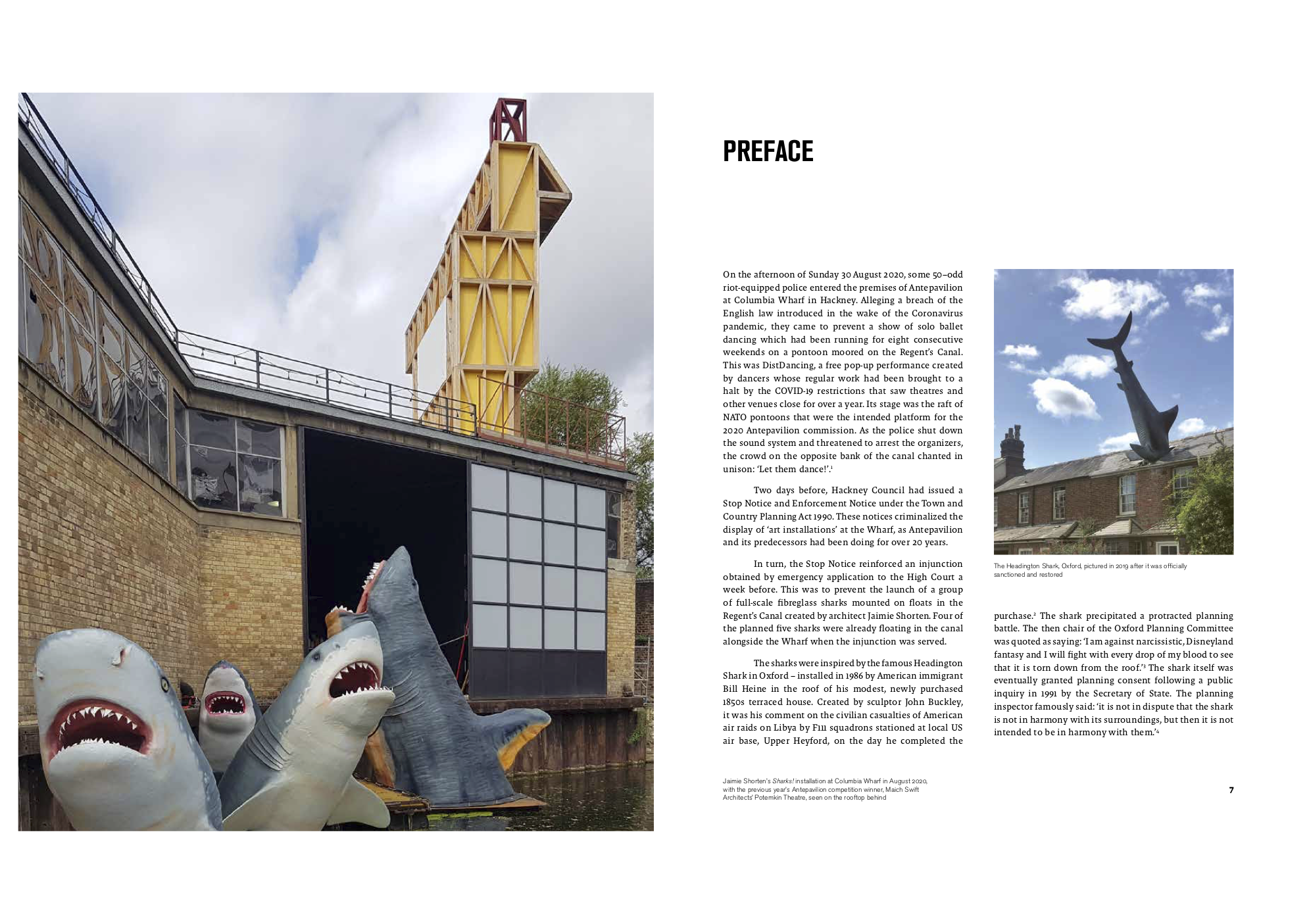Architecture and Anarchism
Paperback, 265x228 mm - 248 pages, 180 colour illus. -ISBN: 978-1-913645-17-5
Paperback, 265x228 mm - 248 pages, 180 colour illus. -ISBN: 978-1-913645-17-5
Paperback, 265x228 mm - 248 pages, 180 colour illus. -ISBN: 978-1-913645-17-5
Architecture and Anarchism documents and illustrates 60 projects, past and present, that key into a libertarian ethos and desire for diverse self-organised ways of building. They are what this book calls an ‘anarchist’ architecture, that is, forms of design and building that embrace the core values of traditional anarchist political theory since its divergence from the mainstream of socialist politics in the 19th century. These are autonomy, voluntary association, mutual aid, and self-organisation through direct democracy. As the book shows, there are a vast range of architectural projects that can been seen to reflect some or all of these values, whether they are acknowledged as specifically anarchist or otherwise.









Anarchist values are evident in projects that grow out of romantic notions of escape – from isolated cabins to intentional communities. Yet, in contrast, they also manifest in direct action – occupations or protests that produce micro-countercommunities. Artists also produce anarchist architecture – intimations of much freer forms of building cut loose from the demands of moneyed clients; so do architects and planners who want to involve users in a process normally restricted to an elite few. Others also imagine new social realities through speculative proposals. Finally, building without authority is, for some, a necessity – the thousands of migrants denied their right to become citizens, even as they have to live somewhere; or the unhoused of otherwise affluent cities forced to build improvised homes for themselves.
The result is to significantly broaden existing ideas about what might constitute anarchism in architecture and also to argue strongly for its nurturing in the built environment. Understood in this way, anarchism offers a powerful way of reconceptualising architecture as an emancipatory, inclusive, ecological and egalitarian practice.
About the author
Paul Dobraszczyk is a teaching fellow at the Bartlett School of Architecture in London. He is the author of Future Cities: Architecture & the Imagination (2019); The Dead City: Urban Ruins & the Spectacle of Decay (2017); Iron, Ornament & Architecture in Victorian Britain (2014); London’s Sewer (2014); and Into the Belly of the Beast: Exploring London’s Victorian Sewers (2009); amongst others.

